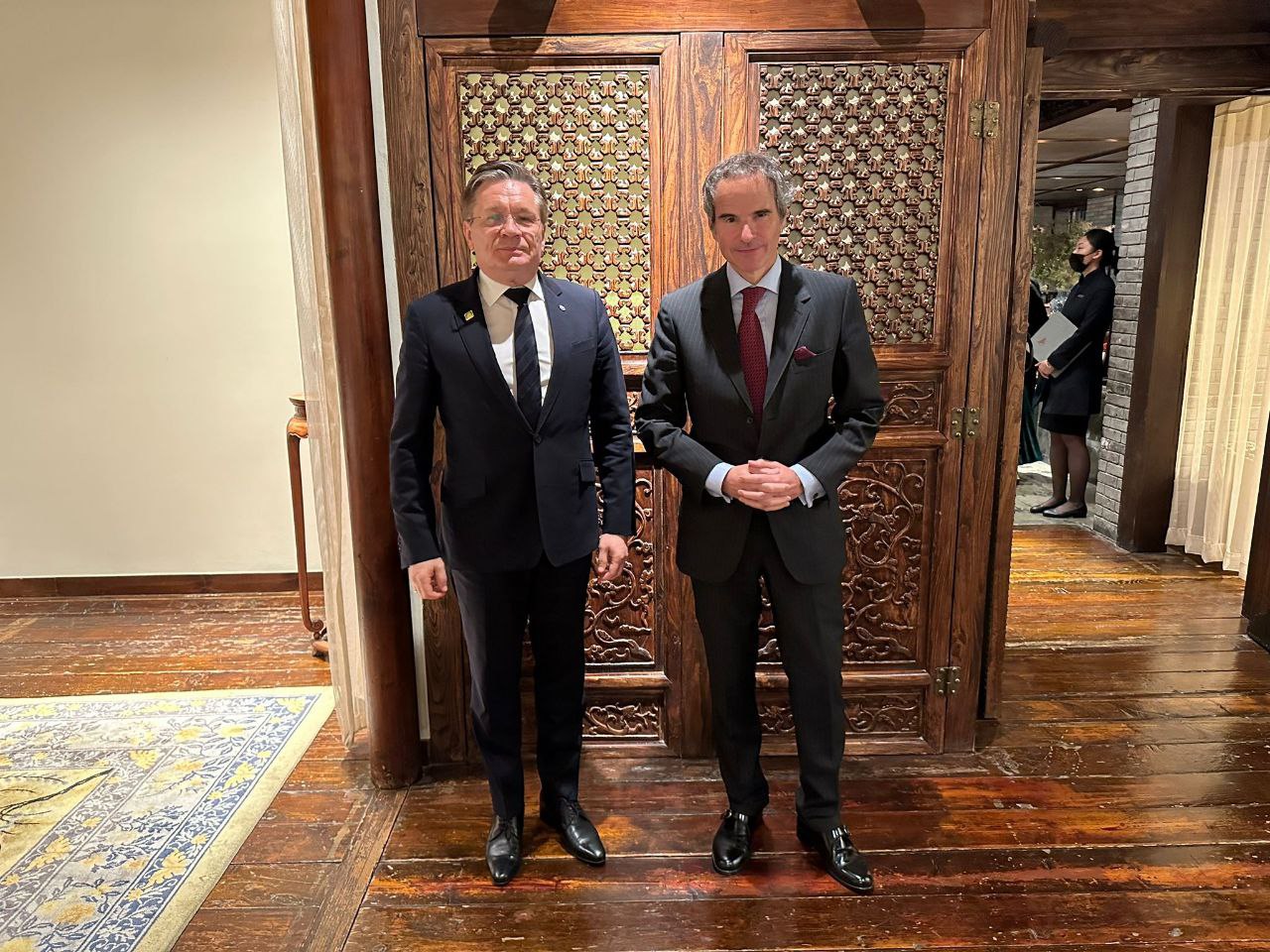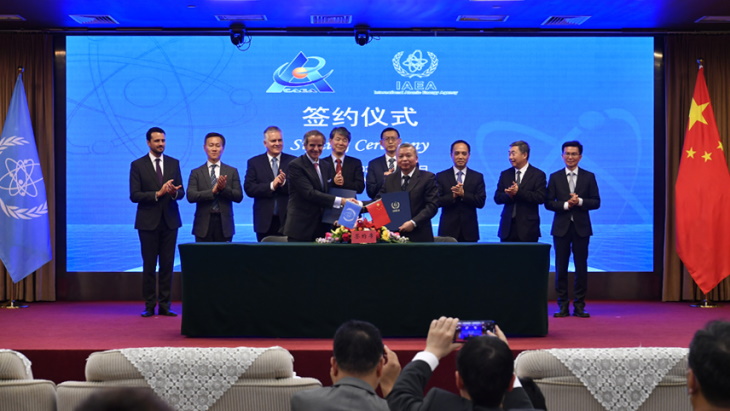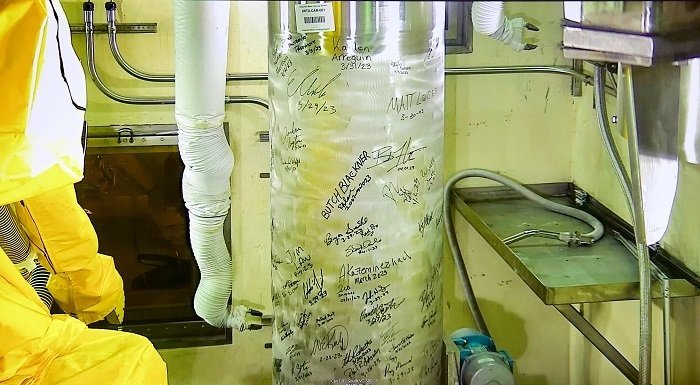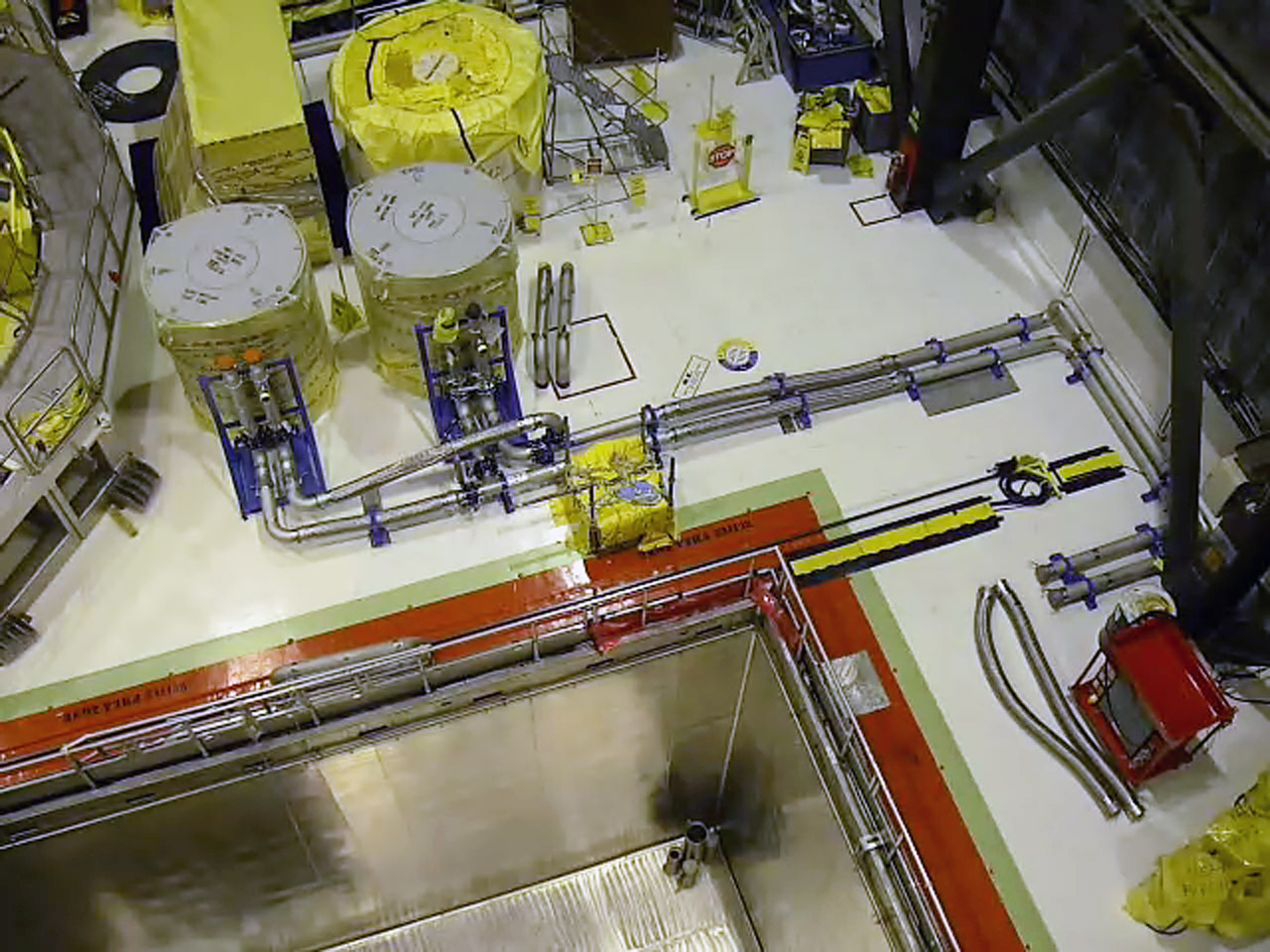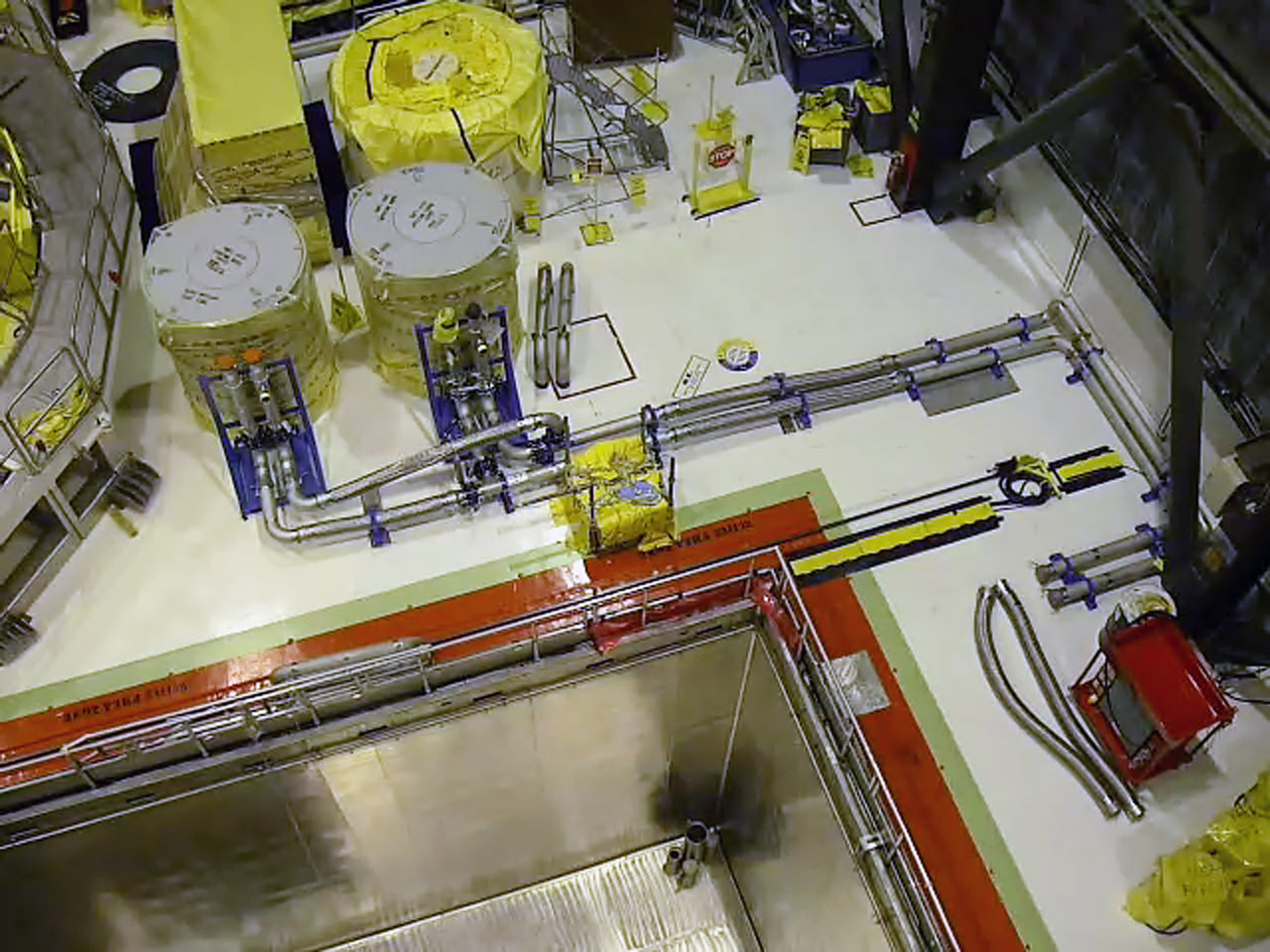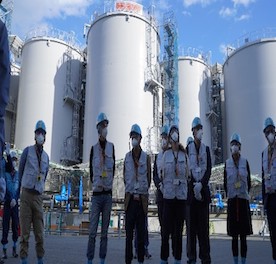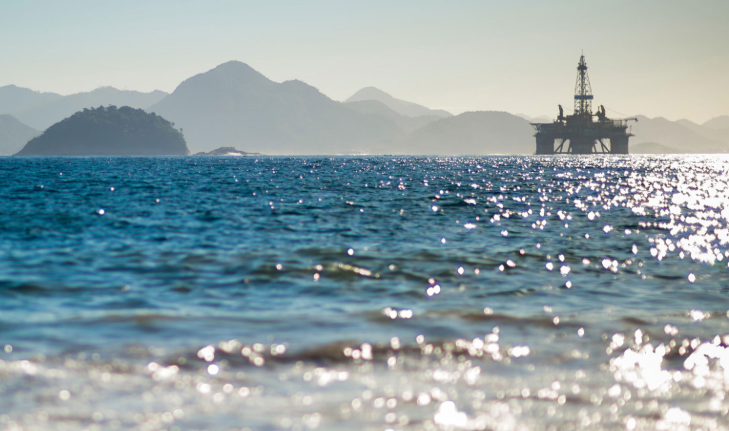
“We have evidence that there is an ongoing trend of weakening of the environmental legislation and inspection in the country,” says Alexander Turra, a biological oceanographer at the University of São Paulo. “So there would be a risk of great losses of biodiversity, fishing potential, and other services this region offers.”
The discovery of so much potential petroleum, which could amount to 20 to 30 billion barrels of recoverable oil, adds to the sizable deposits already known to exist in the region. In 2006, Brazil announced the discovery of at least 40 billion barrels of recoverable oil in the Santos and Campos basins.
The size and economic viability of the new oil field, in a further and deeper section of the Santos basin, still needs to be confirmed by scientific testing, Zalan says. But “if these blocks are auctioned next year, production there could start within eight years.”
The presence of so much potential oil buried so far offshore raises a number of important questions about extraction, spill containment, and perhaps most importantly, whether or not Brazil even has the legal right to claim these fields.
The region with the potential reserves sits more than 200 nautical miles (370 kilometers) from Brazil’s southern coast, which is important because the United Nations Convention on the Law of the Sea (UNCLOS) says that a coastal state’s continental shelf extends 200 nautical miles from shore. UNCLOS’s definition of the continental shelf, however, opens to countries the possibility of challenging this automatic limit.
Since 2004, as a matter of sovereignty, Brazil has been petitioning the UN to extend its continental shelf to 648 kilometers. The request would add 965,000 square kilometers to Brazil’s exploitable waters, including the newly discovered oil reserves.
The decision of whether or not to grant Brazil this extension falls to the Commission on the Limits of the Continental Shelf (CLCS). To make its case, Brazil must use geological data to prove that the continental shelf really extends out past 370 kilometers.
In 2011, the CLCS gave Brazil about 80 percent of the expanded area it asked for, but Brazil has kept pushing for the remaining area, including the Santos basin.
But according to lawyer Rodrigo More, a law of the sea professor at the Federal University of São Paulo and the Brazilian candidate to the International Tribunal for the Law of the Sea, a judicial body that handles disputes concerning UNCLOS, Brazil doesn’t need to wait for CLCS approval before it begins extracting petroleum and other resources from the proposed extended area.
Argentinean lawyer Frida Armas, a professor at the University of Buenos Aires and a long-time expert associated with the International Seabed Authority (the UN agency tasked with regulating seafloor mining), agrees. “It’s not necessary to conclude the process to exercise the rights over the shelf,” Armas says.
But lawyer Wagner Menezes, a law of the sea professor at the University of São Paulo, argues that Brazil needs to wait for the CLCS’s authorization. “Brazil can advance studies and even auction these areas, but the actual exploitation can only be authorized after that,” Menezes says.
Menezes also stresses that Brazil must pay royalties to the UN for extracting oil in this extended area, a stipulation of UNCLOS.
Brazil’s legal right to tap the oil fields aside, the prospect of drilling in three-kilometer-deep water and an additional three to five kilometers into the seafloor so far from shore presents a challenge. To put the difficulties involved in working in this field—and potentially cleaning up after a spill—into perspective, consider that the Deepwater Horizon was operating 66 kilometers offshore in water 1.2 kilometers deep.
The exploitation of oil in a distant region, far from the sight of most monitoring entities, is much harder to control, says Turra.
Spill cleanup operations would require containment with barriers carried by vessels, something that is easier and cheaper to do close to shore, he says.
For the environment, the risks are manifold. Turra says the exploitation of oil in deep-sea regions carries an even bigger risk than offshore oil exploration nearer to shore. There are more challenges, he says, such as navigating through more treacherous conditions, ensuring the flow of supplies, and transporting the oil to shore.
“In case of leaks or deposition of waste, the impacts on [deep-sea organisms] are considerable,” Turra says. “They are very sessile organisms, like sponges and deep-water corals, with slow rhythms of growth and recovery times.”
As with any project, the risks will be weighed against the expected benefits and attempts will be made to minimize threats. But this balancing act was underway in Brumadinho, Turra says, drawing a comparison to the site in southeastern Brazil where a mining waste dam collapsed in January.

